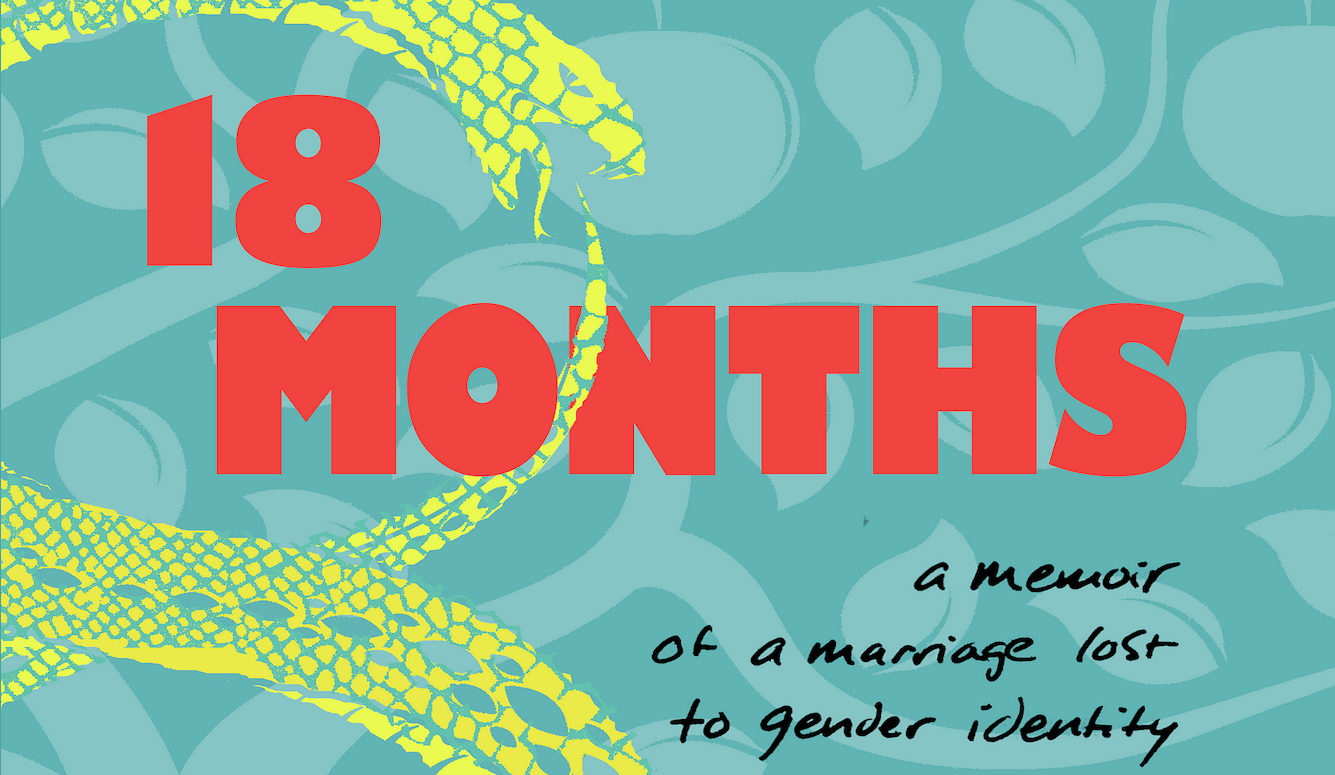Quillette Cetera
Once a Man, Never a Woman
In an extraordinary new book, Shannon Thrace describes her disintegrating marriage to a man consumed by narcissism and gender dysphoria.

I’ve never been big on personal memoirs, let alone memoirs about intimate relationships. And so 18 Months: A Memoir of a Marriage Lost to Gender Identity isn’t a book I expected to like. But the author sent me a personalized review copy last month, and then nudged me a few times by email to check if I’d read it. Feeling duty-bound to get through at least a chapter or two, I cracked the cover on Thursday night. By Friday afternoon, I’d torn through the whole thing.
To sum up the story—and yes, this whole article will be full of spoilers—author Shannon Thrace and her spouse Jamie (both pseudonyms) enter the narrative as a loving couple, inhabiting a rural hipster idyll outside of Indianapolis. Husband and wife are software experts in their early 40s, with no kids, a great sex life, and lots of time for antiquing, gardening, and esoteric art-house interests such as kintsugi (look it up). Dinners consist largely of vegetables hand-picked from their own garden. They’ve been together for 14 years, yet sprinkle their playful conversations with ambitious literary allusions, like young lovebirds still trying to impress one another.
I mentioned the great sex, yes? Because that’s the pleasure perch from which the relationship begins its fatal nosedive. Shannon is on her computer, cycling through some of Jamie’s favourite porn genres as they get prepped for yet another satisfying bout of coitus. Jamie wants to see something new, he says—images of fully intact (and aroused) men wearing women’s underwear. Shannon, a former drag-bar worker who’d gone through a polyam lesbian period in her 20s, is the furthest thing from a prude. So she duly loads up the “tranny” videos (as Jamie calls them), and the evening comes alive with porn-fuelled sex.





